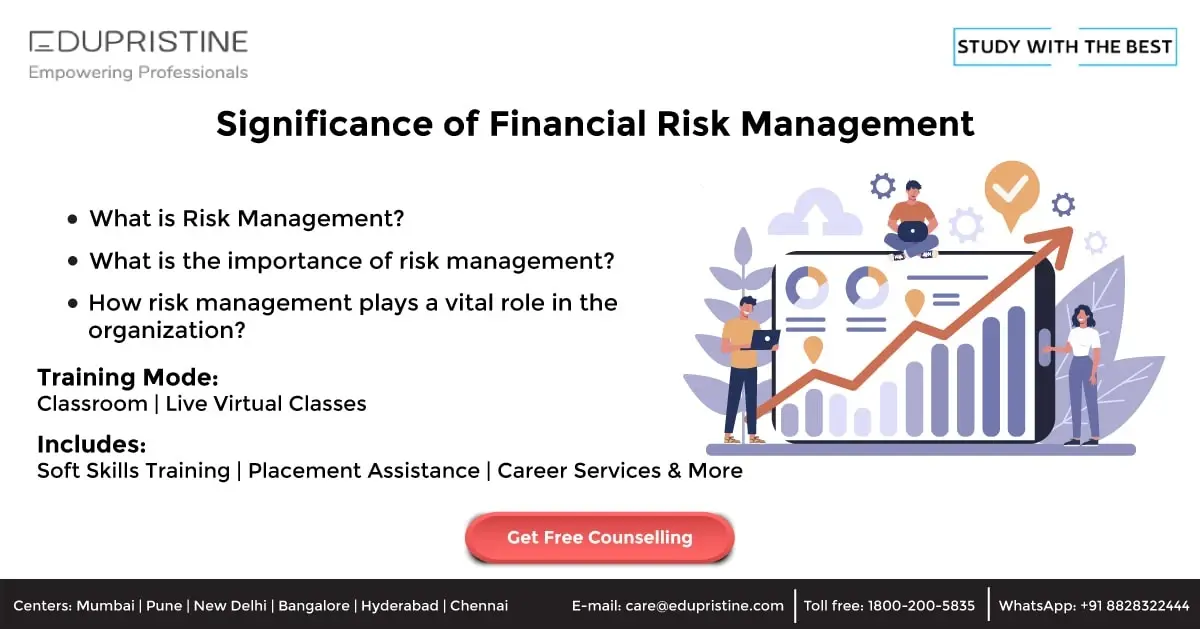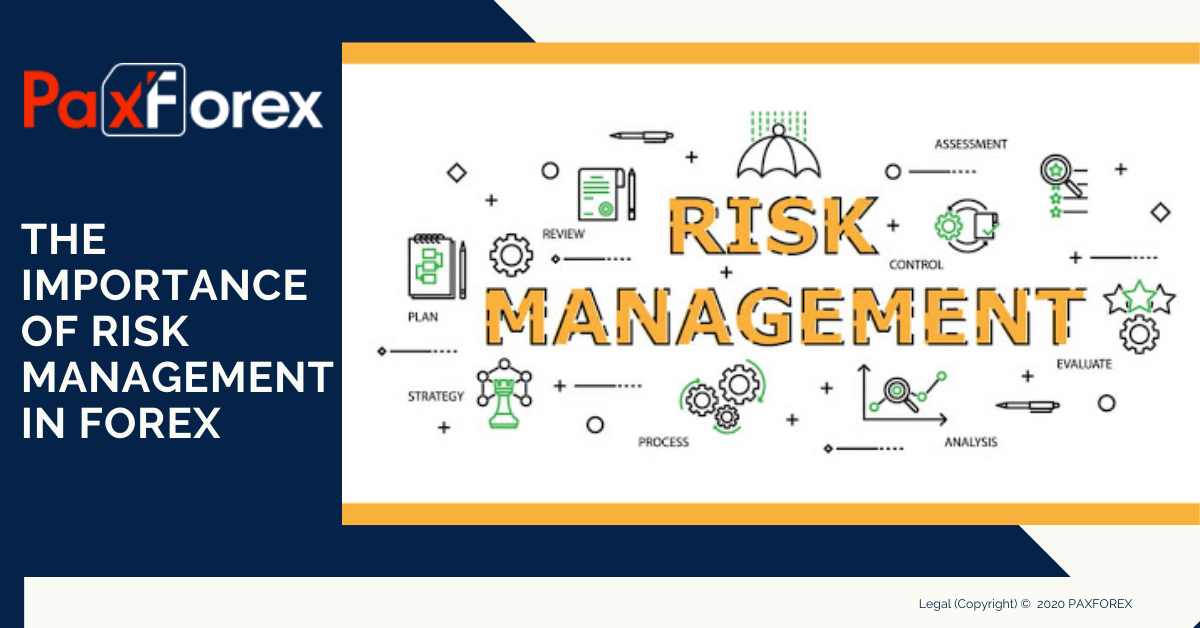How the Importance of Risk Management Facilitates Successful Project Outcomes
How the Importance of Risk Management Facilitates Successful Project Outcomes
Blog Article
Exploring the Significance of Risk Management for Effective Decision-Making Methods
In the complex globe of service, Risk Management arises as a critical variable in the decision-making procedure. The capacity to recognize prospective risks and opportunities, and strategize appropriately, can spell the difference between success and failing.
Recognizing the Principle of Risk Management
Risk Management, an essential part in decision-making, is often misinterpreted or oversimplified. Generally, it describes the recognition, assessment, and prioritization of risks to decrease, keep track of, and regulate the chance or influence of regrettable occasions. It's not merely about protecting against adverse outcomes, but likewise regarding acknowledging prospective chances. Risk Management involves structured and self-displined strategies, using data and informative evaluations. It calls for a detailed understanding of the organization's context, objectives, and the potential risks that can prevent them. From monetary unpredictabilities, lawful liabilities, calculated Management errors, to accidents and all-natural disasters, it resolves different dangers. Notably, reliable Risk Management is not stagnant; it's a continual, forward-looking procedure that develops with altering situations.
The Role of Risk Management in Decision-Making Processes
In the world of calculated planning and organization operations, Risk Management plays an important function in decision-making processes. It helps in determining potential risks and unpredictabilities that can affect the achievement of service purposes. By tracing these threats, firms can create techniques to minimize their impact, guaranteeing business connection and security. Risk Management hence comes to be a vital tool in decision-making, aiding leaders to make educated options based on an extensive understanding of the risks included. It encourages an aggressive method, enabling companies to anticipate and prepare for possible future scenarios. This dramatically lowers the chance of unfavorable repercussions, advertising more reliable and reliable decision-making approaches. Risk Management serves as an essential part in the decision-making procedures of any organization.

How Risk Management Enhances Strategic Preparation
In the context of calculated preparation, Risk Management plays a pivotal role. Initiating with the recognition of prospective dangers, it additionally encompasses the implementation of Risk reduction procedures. The duty of Risk Management is vibrant yet not static, as it demands consistent surveillance and adjusting of approaches.
Determining Possible Threats

Executing Risk Reduction
Risk mitigation methods can vary from Risk evasion, Risk transfer, to run the risk of reduction. look these up Each technique needs to be tailored to the specific Risk, considering its possible impact and the organization's Risk tolerance. Effective Risk mitigation calls for a deep understanding of the Risk landscape and the possible influence of each Risk.
Surveillance and Readjusting Approaches
Though Risk reduction is a vital step in calculated planning, constant monitoring and modification of these methods is equally vital. This ongoing process enables organizations to determine brand-new dangers and reassess existing ones, guaranteeing the carried out techniques remain reliable in the ever-changing service environment. It likewise supplies a chance to evaluate the success of the Risk Management procedures, permitting modifications to be made where essential, more boosting critical preparation. Reliable monitoring and change require the usage of analytics and essential performance indicators (KPIs) to determine efficiency. These tools supply important data-driven understandings that can inform critical decision-making. Surveillance and readjusting Risk Management methods is a critical component for enhancing an organization's resilience and critical planning.
Case Studies: Successful Risk Management and Decision-Making
Worldwide of service and money, effective Risk Management and decision-making usually work as the pillars of thriving ventures. One such entity is a multinational oil firm that minimized economic loss by hedging versus rising and fall oil rates. In one more instance, a technology startup prospered by determining and accepting risky, high-reward approaches in an unstable market. An international bank, confronted with governing unpredictabilities, successfully browsed the situation through proactive Risk analysis and vibrant decision-making. These situations highlight the value of sharp Risk Management in decision-making processes. It is not the lack of Risk, but the Management of it, that frequently differentiates successful firms from unsuccessful ones. These instances underscore the important role of Risk Management in calculated decision-making. importance of risk management.
Devices and Methods for Effective Risk Management
These devices, such as Risk signs up and warm maps, help in recognizing and evaluating potential risks. Risk reaction methods, an essential element of Risk Management, involve get redirected here approving, avoiding, moving, or mitigating dangers. With these methods and tools, decision-makers can browse the facility landscape of Risk Management, therefore promoting informed and reliable decision-making.
Future Patterns in Risk Management and Decision-Making Techniques
As we explore the huge landscape of Risk Management, it comes to be noticeable that the devices and strategies made use of today will certainly remain to evolve. Future patterns aim towards an increased dependence on innovation, with expert system and artificial intelligence playing considerable functions. These modern technologies will enable organizations to predict prospective threats with higher accuracy and make even more informed decisions. In addition, there will be an expanding emphasis on durability, not simply in handling threats yet likewise in recovering from damaging circumstances. The concept of Risk society, their explanation where every member of an organization is mindful and entailed in Risk Management, will gain extra importance. These fads advertise a more proactive and comprehensive method towards Risk Management and decision-making.
Conclusion

Risk Management therefore comes to be an important device in decision-making, assisting leaders to make informed options based on a comprehensive understanding of the threats involved. Risk reduction techniques can vary from Risk evasion, Risk transfer, to risk reduction (importance of risk management). Effective Risk reduction needs a deep understanding of the Risk landscape and the possible influence of each Risk. Risk action techniques, a crucial element of Risk Management, include accepting, preventing, moving, or mitigating dangers. The idea of Risk society, where every member of an organization is conscious and involved in Risk Management, will certainly obtain much more prominence
Report this page